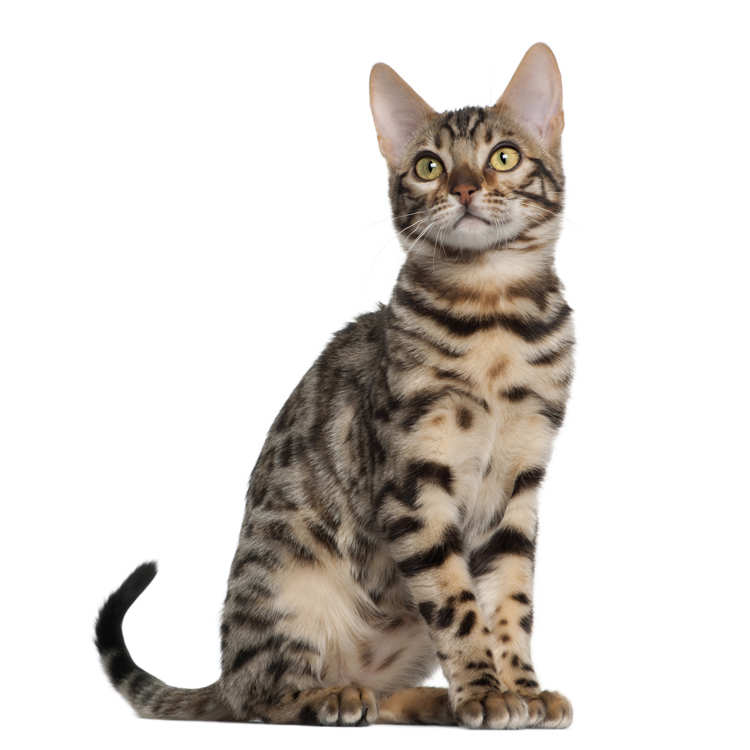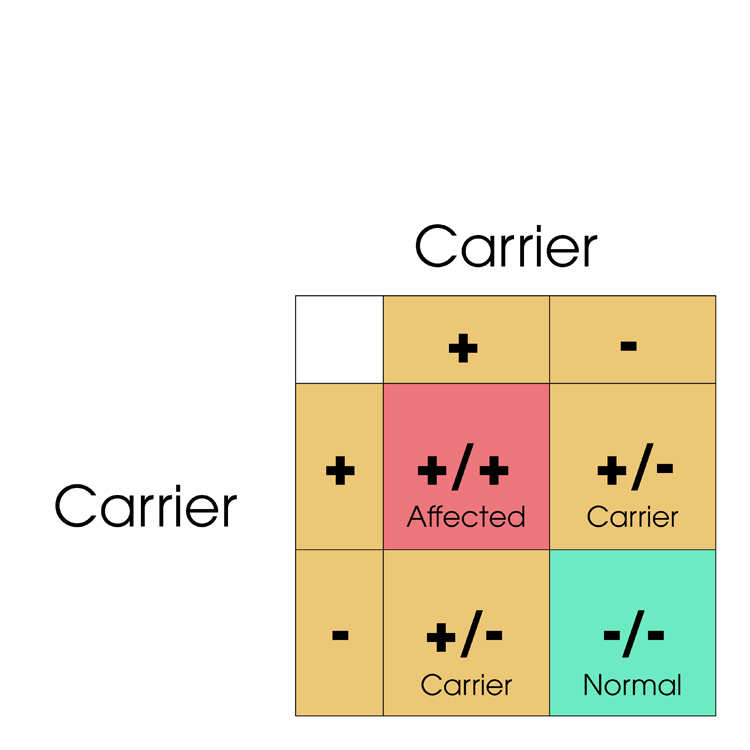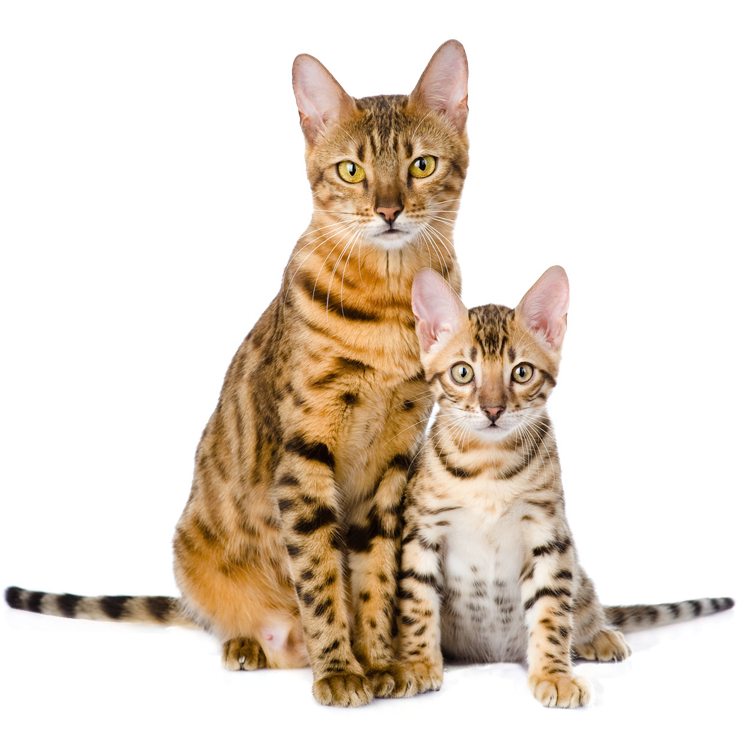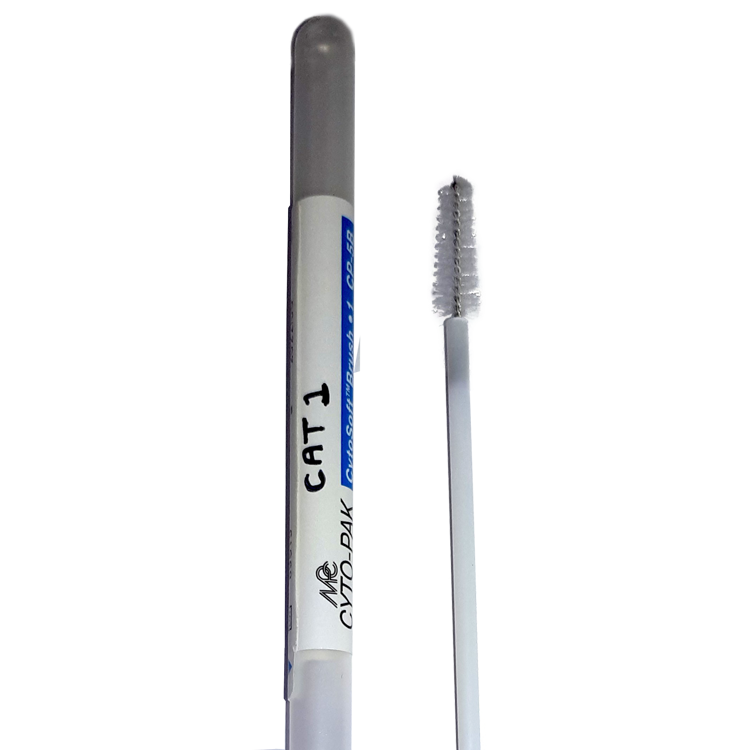About the disease
Country |
Normal |
Carrier |
Affected |
Austria |
21 |
6 |
0 |
Belgium |
54 |
17 |
1 |
Denmark |
28 |
5 |
0 |
Finland |
64 |
10 |
1 |
France |
254 |
60 |
0 |
Germany |
79 |
40 |
3 |
Italy |
136 |
28 |
1 |
Netherlands |
21 |
13 |
0 |
Norway |
9 |
1 |
0 |
Poland |
54 |
8 |
2 |
Russia |
92 |
42 |
5 |
Spain |
2 |
0 |
0 |
Sweden |
234 |
41 |
2 |
Switzerland |
3 |
2 |
0 |
Uk & Ireland |
912 |
171 |
19 |
Ukraine |
33 |
13 |
0 |
1 Ofri R, Reilly CM, Maggs DJ, et al. Characterization of an early-onset, autosomal recessive, progressive retinal degeneration in Bengal cats. Invest Ophthalmol Vis Sci. 2015;56:5299–5308.
About the test
At the Molecular Diagnostic Unit, we have developed a PCR-based pyrosequencing assay to quickly and accurately identify the PRA-b mutation that is known to cause PRA in Bengal cats. This assay will allow owners and breeders to identify Affected and Carrier cats and will inform breeding programs to reduce the prevalence of PRA-b by selective breeding.
Interpretation of results
A Normal result on the PRA-b genetic assay means that the cat does not have the PRA-b genetic mutation. It is possible that some cats may go on to develop retinal atrophy due to other, as yet unidentified, genetic mutations.
A Carrier result on the PRA-b genetic assay means that the cat carries one copy of the PRA-b genetic mutation. This cat is a Carrier of PRA-b and will not develop retinal atrophy due to the PRA-b mutation, but can pass the mutation to its offspring. It is possible that some cats may go on to develop retinal atrophy due to other, as yet unidentified, genetic mutations.
An Affected result on the PRA-b genetic assay means that the cat has two copies of the PRA-b genetic mutation and will be affected by Bengal PRA.
Each certificate we issue will specify whether the cat is Normal, Carrier or Affected for the Bengal PRA-b mutation.
The gene test will help breeders decide whether or not to use cats for breeding. Generally Affected cats should not be used for breeding because they are certain to pass on the genetic mutation. There is a 25% probability of two Carrier cats producing Affected kittens. Breeding Carrier and Normal cats will produce around 50% Normal and 50% Carrier kittens.
This strategy can be used as part of a breeding programme to gradually eliminate the defective
gene from the affected populations
What are the genetics of breeding?
What do I do with a Carrier?
Click here to download -





